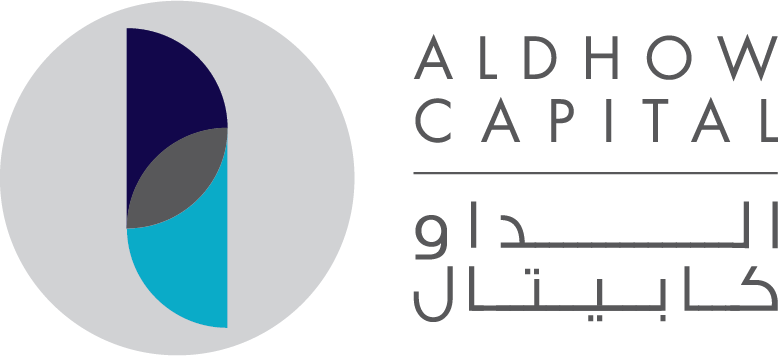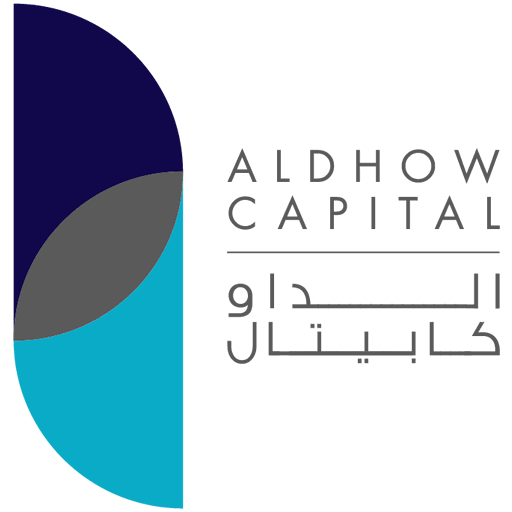
Robinhood’s fees no longer set it apart
Robinhood Review
Robinhood’s fees no longer set it apart
We publish unbiased product reviews; our opinions are our own and are not influenced by payment we receive from our advertising partners. Learn more about how we review products and read our advertiser disclosure for how we make money.
Robinhood’s claim to fame is that they do not charge commissions for stock, options, or cryptocurrency trading. Due to industry-wide changes, however, they’re no longer the only free game in town. The firm’s target customer base is young people new to investing, who are drawn to the app by advertising that leans heavily on words such as “free” and “democratization.” By and large, this tactic has succeeded, drawing in 10 million accounts held by an unknown number of customers. But what happens to them when they outgrow Robinhood’s meager research capabilities or get frustrated by outages during market surges?
During the sharp market decline, heightened volatility, and trading activity surges that took place in late February and early March 2020, Robinhood experienced extensive outages that affected its users’ ability to access the platform at all, leading to a number of lawsuits. However, Robinhood’s customer agreement, a multi-page document most customers electronically sign without reading, is intended to legally absolve the firm of any responsibility for these outages.
We’ll look at Robinhood and how it stacks up to more established rivals now that its edge in price has all but evaporated.
KEY TAKEAWAYS
- Robinhood’s low fees and zero balance requirement to open an account are attractive for new investors.
- Customers must pay at least $5 per month for Robinhood Gold in order to trade on margin, view market depth data, and access research, such as Morningstar reports on high-volume stocks. Robinhood customers can try the Gold service out for 30 days for free.
- Robinhood does not publish their trading statistics the way all other brokers do, so it’s hard to compare their payment for order flow statistics to anyone else. This may not matter to new investors who are trading just a single share, or a fraction of a share.
Who Robinhood Is For
Robinhood is best suited for newcomers to investing who want to trade small quantities, including fractional shares, and require little in terms of research beyond seeing what others are trading. Robinhood’s overall simplicity makes the app and website very easy to use, and charging zero commissions appeals to extremely cost-conscious investors who trade small quantities. That said, the offerings are very light on research and analysis, and there are serious questions about the quality of the trade executions.
Pros
- Trading costs are very low and cryptocurrency trades can be placed in small quantities
- Very simple and easy to use
- Customers have instant access to deposited cash
Cons
- Trades appear to be routed to generate payment for order flow, not best price
- Quotes do not stream, and are a bit delayed
- There is very little research or resources available
Pros Explained
- Robinhood allows cryptocurrency trades to be placed in very small quantities. Most other cryptocurrency-friendly platforms require certain minimums in order to trade.
- Robinhood’s mobile app and the website are extremely easy to use.
- Robinhood is very efficient at getting your cash into the market. All customers have instant access to deposits and immediate access to funds after closing positions, and your buying power is increased as soon as you initiate a deposit into your account.
Cons Explained
- There is no commission charged by Robinhood for trades, but the spread we saw for our cryptocurrency transactions was considerably wider than those we saw on other platforms.
- Though prices update on the Robinhood app and the website, they lag other real-time data providers by several seconds.
- New investors who are dedicated to improving their trading skills will outgrow the resources provided by Robinhood, especially options traders.
Usability
Robinhood is very easy to navigate and use, but this is related to its overall simplicity. Robinhood’s initial offering was a mobile app, followed by a website launch in Nov. 2017. As a result, Robinhood’s app and the website are similar in look and feel, which makes it easy to invest through either interface. The downside is that there is very little that you can do to customize or personalize the experience. Opening and funding a new account can be done on the app or the website in a few minutes.
The opening screen when you log in is a line chart that shows your portfolio value, but it lacks descriptions on either the X- or Y-axis. You can hover your mouse over the chart, or tap a spot if you’re on your mobile device, to see the time of day for each data point.
An order ticket pops open whenever you are looking at a particular stock, option, or crypto coin. All the asset classes available for your account can be traded on the mobile app as well as the website, and watchlists are identical across platforms. Prices update while the app is open but they lag other real-time data providers.
The mobile apps and website suffered serious outages during market surges of late February and early March 2020. The founders said in a blog post that their systems could not handle the stress of the “unprecedented load” and pledged to beef up their systems.1
:max_bytes(150000):strip_icc():format(webp)/ScreenShot2020-03-05at10.46.58AM-7ca53697458947bcaa71b12638c892bd.png)










:max_bytes(150000):strip_icc():format(webp)/robinhood-productcard-5c743379c9e77c00010d6c5e.png)